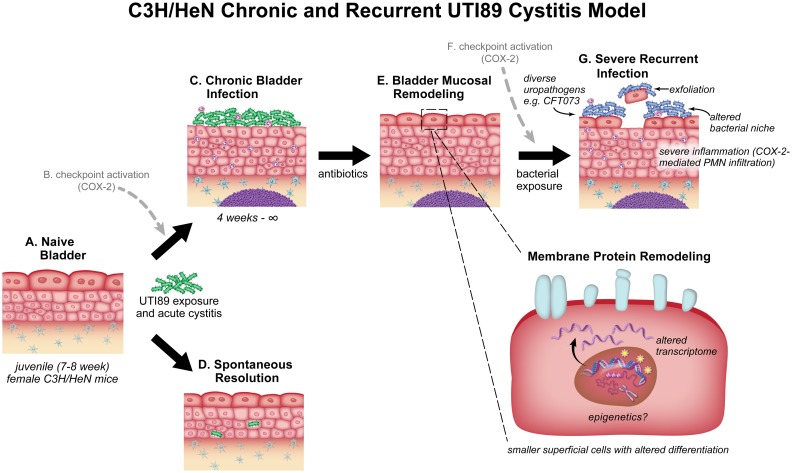Fig 1. The C3H/HeN mouse model of chronic and recurrent cystitis using the clinical cystitis isolate UTI89.
(A) In the inbred mouse strain C3H/HeN, inoculation with 108 CFU of the clinical UPEC isolate UTI89 can trigger a cyclooxygenase-2 (COX-2)-dependent acute host-pathogen checkpoint (B) comprising high urine bacterial titers, elevated proinflammatory cytokines in the serum, polymorphonuclear neutrophils (PMNs) in urine, and severe bladder inflammation and mucosal wounding [14,17]. (C) Mice that trigger the checkpoint develop chronic cystitis (persistent bacteriuria ≥104 CFU/ml urine coupled with bladder titers ≥104 CFU and bladder inflammation at sacrifice) lasting for four weeks or more [14]; (D) mice that do not trigger the checkpoint spontaneously resolve the infection and develop sterile urine [14]. (E) In mice that develop chronic cystitis, antibiotic therapy administered at four weeks post infection sterilizes the bladder; however, we found that the bladder does not return to its naive state. Instead, the bladder harbors a “molecular imprint” of infection, comprising changes to the bladder transcriptome [15], smaller superficial cells with altered differentiation [15], a remodeled epithelial membrane proteome [17], and the presence of lymphoid follicles [14]. When “challenged” with a second bacterial exposure (typically 107 CFU), these remodeled bladders respond differently from age-matched naive bladders: if cyclooxygenase-2 (COX-2)-mediated inflammation and checkpoint activation is triggered [15,17] (F), then (G) the host develops severe recurrent chronic cystitis [14], which can be caused by UTI89 or other uropathogens such as the urosepsis isolate CFT073 [15]. During infection in the remodeled bladder, the bacterial niche is altered relative to the naive bladder (intracellular replication is reduced) and the host responds with COX-2-mediated PMN infiltration and exfoliation of epithelial cells [15]. In the present study, we investigated whether infection of juvenile C3H/HeN mice with CFT073 would result in the same constellation of phenotypes seen with UTI89 infection, i.e. checkpoint activation, chronic cystitis and bladder remodeling, and susceptibility to recurrent UTI.

